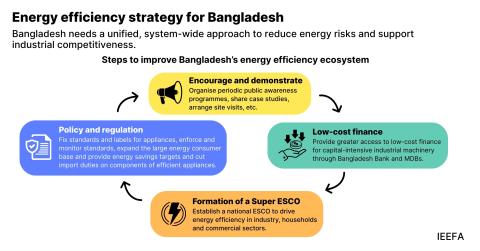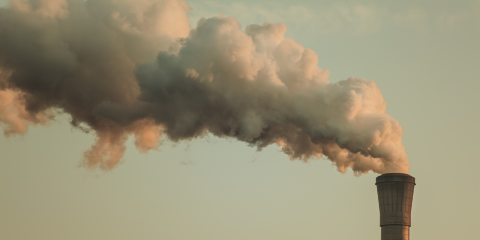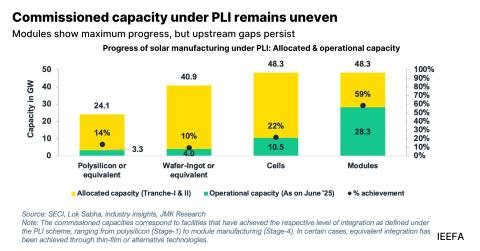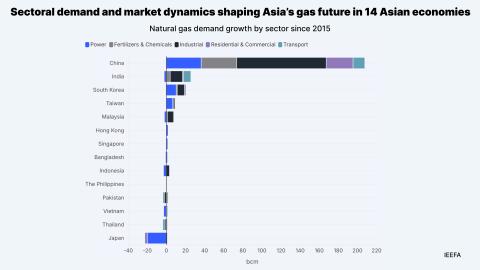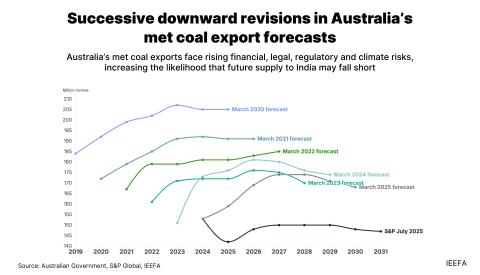New Australian Gas and LNG Tracker goes live
Interactive visual tool shows Australia’s LNG flows
Key Takeaways:
IEEFA has launched its Australian Gas and LNG Tracker, an interactive, visual tool providing regularly updated data on Australia’s liquefied natural gas industry and trade.
Australia’s LNG export sector consumes the vast majority of gas produced in Australia, which is predominantly supplied to a small number of countries.
Eastern Australia’s exposure to higher international LNG pricing has contributed to falling industrial gas demand. Domestic gas reservation has shielded Western Australia from international price spikes, but the state could follow in eastern Australia with prices rising in recent years.
Most Australian LNG projects have consistently operated at high utilisation rates, exporting volumes beyond the levels required to meet their long-term contracts.
Australia’s major export markets are changing, with domestic gas production in China outpacing LNG demand growth, and Japanese companies reselling volumes of LNG, including from Australia, due to declining domestic demand.
17 June 2025 (IEEFA Australia): The Institute for Energy Economics and Financial Analysis (IEEFA) has launched its Australian Gas and LNG Tracker, an interactive data tool that allows users to analyse Australian liquefied natural gas (LNG) flows into and out of the country.
The Australian Gas and LNG Tracker allows users to visualise Australia’s LNG infrastructure, demand and capacity, as well as export flows. It uses data compiled from a range of authoritative sources, including Kpler and the Australian Energy Market Operator (AEMO), along with IEEFA’s own analysis. IEEFA gas analysts will update the tracker every six months.
The latest Tracker data shows that most of the gas produced in Australia is utilised by the LNG export sector. It also highlights that in 2024, Australia’s largest LNG export markets were China (33%), Japan (32%), South Korea (15%) and Taiwan (10%), with all other countries accounting for about 9% of exports.
“Japan has historically been Australia’s largest LNG export market, but last year it was surpassed by China, which had dramatic import growth over the past decade,” said Joshua Runciman, Lead Analyst, Australian Gas at IEEFA.
“Australia’s LNG exports to China increased by 8% in 2024 following a 10% increase in 2023 and a 31% decrease in 2022. This compares with 6% and 10% decreases in exports to Japan in 2023 and 2024, respectively. Exports to South Korea and Taiwan increased by 12% and 1% respectively in 2024, partly offset by a 14% fall in supply to other markets,” he added.
Notably, China, Japan, South Korea and Taiwan accounted for 90% of Australia’s total LNG exports, highlighting the sector’s reliance on a few key markets.
Runciman added: “We expect Australia’s contracted LNG volumes to fall considerably over the next 10 years. Without new LNG contracts, Australian LNG exporters will either be exposed to volatile LNG spot prices or reduced utilisation of their export facilities, which could potentially undermine LNG project financial returns.”
IEEFA’s Australian Gas and LNG Tracker also shows:
At a national level, utilisation of Australia’s LNG export facilities has been high, above 90% between 2021 and 2024. This is despite relatively low utilisation at the Gladstone LNG (GLNG) plant and Prelude floating LNG facility off WA.
High utilisation largely reflects strong LNG spot export volumes topping up volumes exported to meet long-term contracts.
Since 2013, the share of Australian LNG exported into spot markets (i.e. uncontracted), has grown considerably, making up 25% of total exports in 2024, contributing to the imbalance between exports and domestic Australian gas supply.
Periods of relatively low utilisation tend to coincide with new LNG projects coming online, and the time required to reach full production.
Generally, Australia’s LNG export facilities have demonstrated consistently high utilisation in non-growth periods, as LNG plant owners seek to recoup investment costs and minimise production costs.
It is likely that Australia’s LNG exports facilities will continue to be highly utilised given the availability of feed gas, which may have implications for domestic gas supply.
Australia’s LNG contract volumes will remain relatively stable to 2030 and then decline to 2040. Crucially, the expiry of these contracts coincides with forecast supply shortages in Australia, which may allow for additional domestic supply if LNG exporters are willing to see lower LNG plant utilisation.
Several new LNG sale and purchase agreements (SPAs) are scheduled to commence in 2026. They include new contracts to be met through Santos’s development of the Barossa gas field to backfill the Darwin LNG facility.
Runciman said: “These are just some of the trends and developments highlighted by our new Australian Gas and LNG Tracker. This tool provides users with a graphic illustration of the current and future outlook for the industry in this country. With regular updates planned, our aim is for it to become a key source of information and insights on LNG in Australia.”
To visit IEEFA’s Australia Gas and LNG Tracker, click here.
Media contact: Amy Leiper, ph 0414 643 446, [email protected]
Author contact: Amandine Denis-Ryan, [email protected]
About IEEFA: The Institute for Energy Economics and Financial Analysis (IEEFA) examines issues related to energy markets, trends and policies. The Institute’s mission is to accelerate the transition to a diverse, sustainable and profitable energy economy. (ieefa.org)



